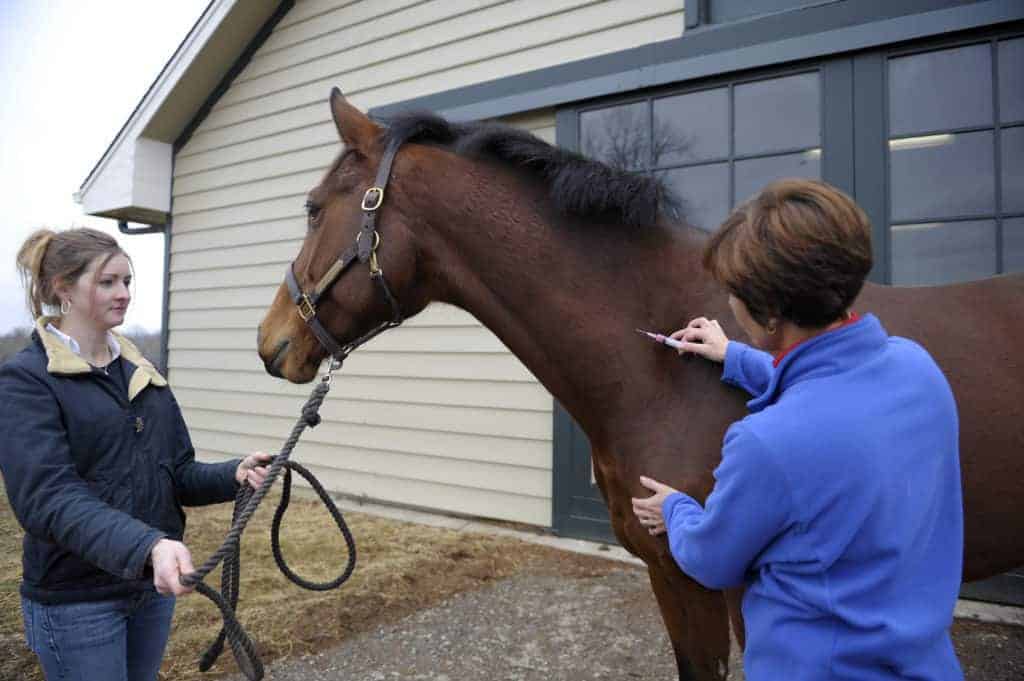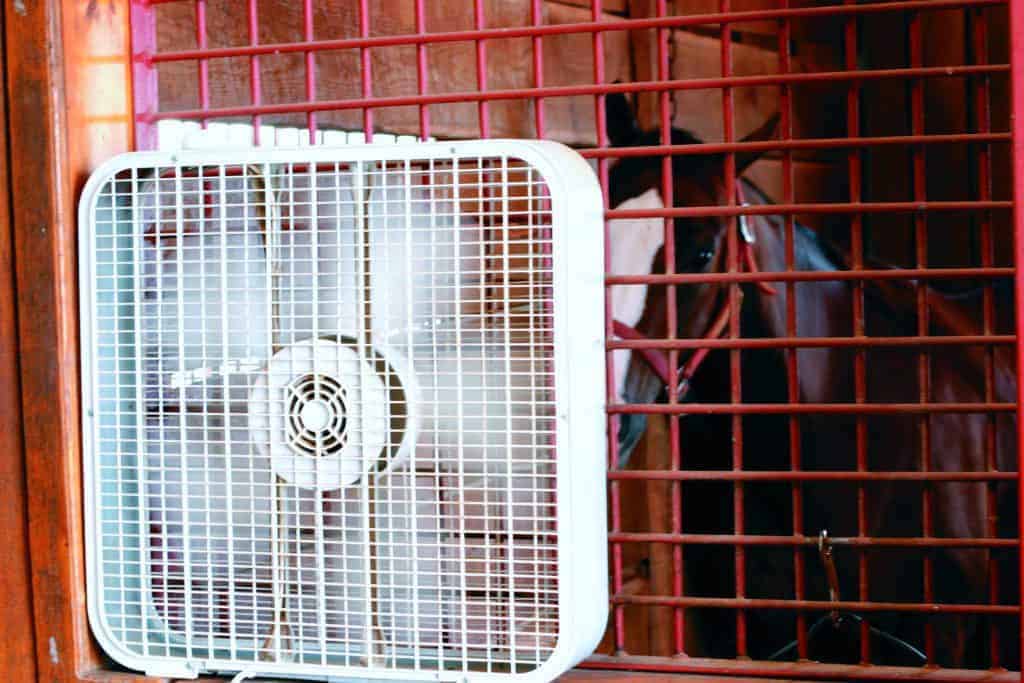International Equine Disease Report, Third Quarter 2012
Diseases reported include contagious equine metritis, equine herpesvirus, piroplasmosis, and more.
Diseases reported include contagious equine metritis, equine herpesvirus, piroplasmosis, and more.

The discussion focused on four continuing problems: EHM, EPM, WNV, and other encephalitides.
New for 2013 are equine health and safety procedures designed to “ensure a great show experience for all.”

At the most recent update, APHIS reported 609 equine WNV cases nationwide and 206 cases of equine EEE in 2012.
The programs will highlight industry research findings, reproduction topics, and horse management issues.
Are there any treatments available for EPM that are safe for use in pregnant mares?

Many wobbler cases can be managed successfully thanks to increased appreciation by owners and veterinarians.

EPM is a tricky disease to definitively diagnose and treat and, thus, has been an area of much research.
Equine herpesvirus-1, vesicular stomatitis, and West Nile virus were all confirmed in Colorado horses in 2012.

As of Nov. 6, the USGS indicated that the WNV and EEE totals had risen to 620 and 204, respectively.
Finno received the award for her paper on electrophysiological studies in horses with neuroaxonal dystrophy.

Recent research proved snakes harbor the Eastern equine encephalitis virus and play a role in transmission.
A horse residing in Ben Hill County tested positive for the virus, officials announced Oct. 17.

Seventy-two horses residing in 49 Texas counties had been confirmed positive since the beginning of the year.

People need to take the WNV risk to themselves and their horses seriously. What are you willing to do?

The current equine WNV case total marks a 372% increase compared to last year’s total.
Stay on top of the most recent Horse Health news with
"*" indicates required fields